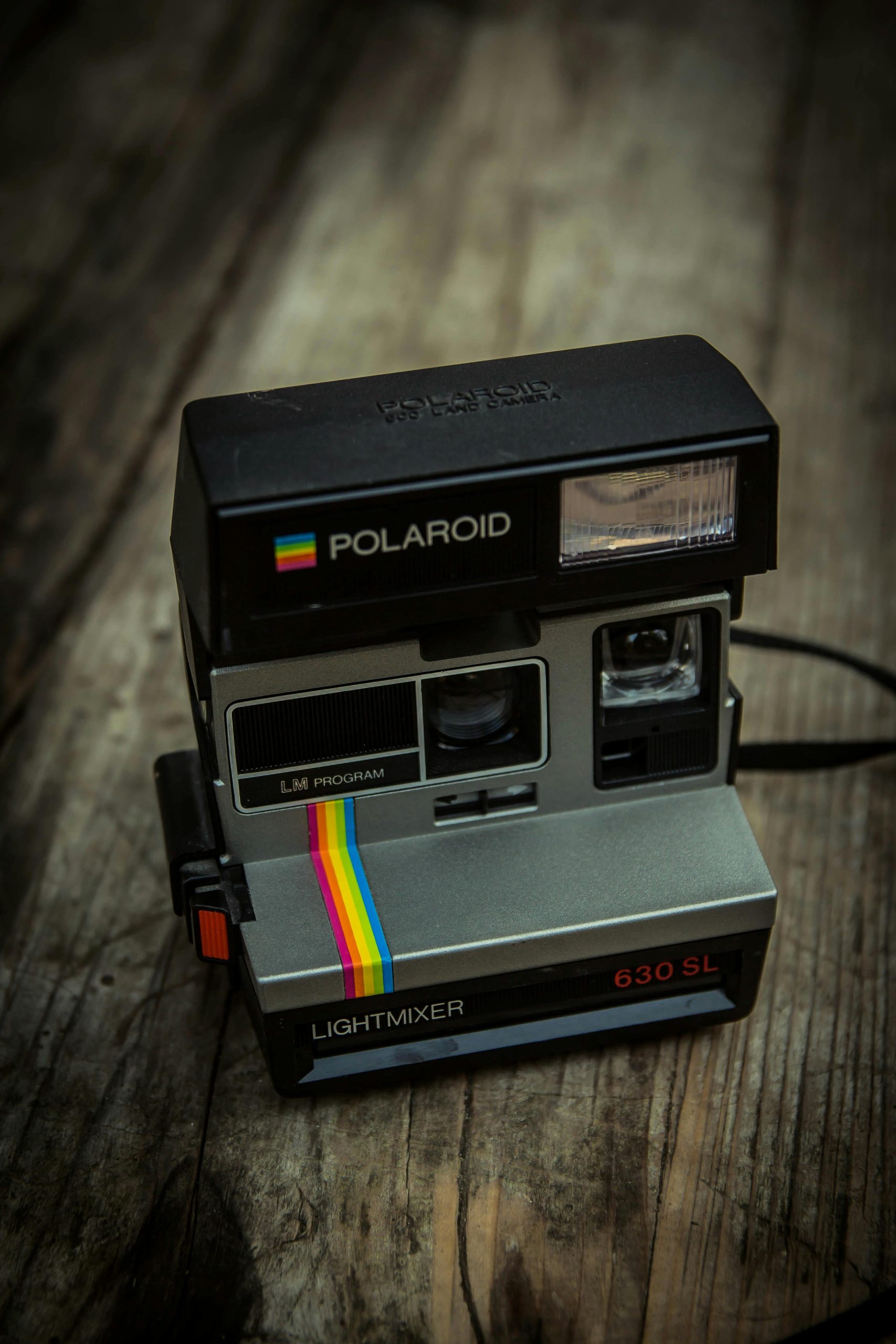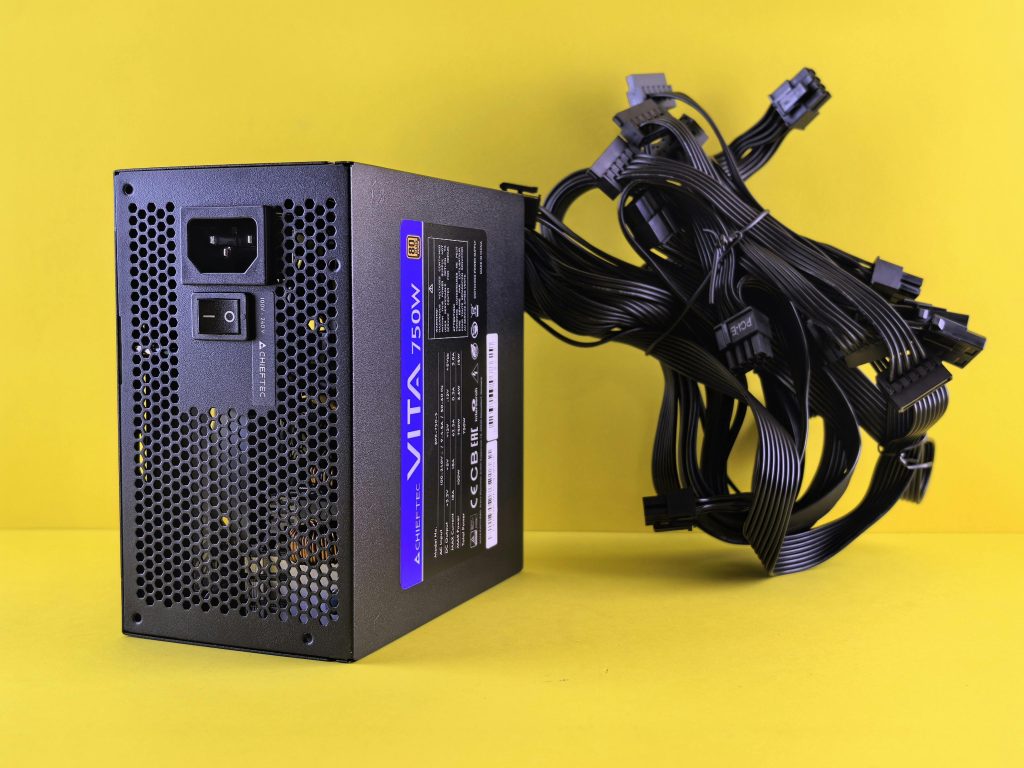Understanding and Fixing Photo Display Issues: A Comprehensive Guide
In the modern era, photographs play a pivotal role in documenting our lives and sharing our experiences. Whether it is a snapshot from a family gathering, a scenic landscape, or an astonishing culinary creation, photos hold sentimental value and provide lasting memories. However, it can be quite distressing when you encounter an issue with a photograph, particularly when it appears differently on various devices or platforms. In this blog post, we delve into solving a common problem: photo display discrepancies that lead to strange appearances in galleries versus uploads. We will go through the potential causes, troubleshooting steps, and solutions to ensure your cherished memories remain intact.
The Problem: A Frustrating Discrepancy
Imagine scrolling through your photo gallery, only to find that a cherished photograph appears distorted, pixelated, or oddly colored. However, when you attempt to upload the same image elsewhere, it displays perfectly. This scenario is both frustrating and perplexing, as the inconsistency can arise from several factors, including device compatibility, image formatting, and Software issues.
Recognizing the Symptoms
Before diving into potential fixes, it is essential to understand what symptoms to look out for when encountering this issue:
- Distorted Images: Images may appear stretched, squished, or have strange colors in your gallery while showing normally elsewhere.
- Pixelation: Characterized by a blocky or grainy appearance, often caused by low resolution or improper scaling.
- Color Discrepancies: The colors in the photo may look washed out or overly saturated in your gallery but seem fine when uploaded.
These symptoms can be caused by a variety of factors linked to how images are stored and rendered on your device.
Common Causes of Photo Discrepancies
Understanding why this discrepancy occurs is crucial in finding a solution. Numerous factors can lead to disturbing image displays across different devices or platforms. Here are some common culprits:
1. File Format Issues
The file format of an image—such as JPEG, PNG, or TIFF—can hinder how it displays across various applications. Some older devices may not fully support modern file formats, leading to display inconsistencies.
Example: If you took a photo using a newer smartphone and transferred it to an old computer that doesn’t support certain features of the new JPEG format, it may display incorrectly.
2. Resolution Mismatch
Resolution refers to the number of pixels in an image and affects clarity and detail. A photograph may appear fine on one device but blurry or pixelated on another due to differences in screen resolution and image size.
Example: A high-resolution image displayed on a low-resolution display might look blurred or pixelated compared to how it appears on a device with a high pixel density.
3. Software and Compatibility Issues
Sometimes, a photo might not display correctly due to Software problems. This can result from outdated gallery applications, lack of updates, or incompatibility between the operating system and the photo viewer being used.
Example: An outdated gallery app might not process newer image attributes correctly, leading to distortion in how images are displayed.
4. Corrupted Files
File corruption can happen during transfer processes or storage failures. A corrupted file may exhibit strange behaviors in terms of display, with its potential for altered colors and visual artifacts.
Example: Photos taken on a smartphone and transferred via Bluetooth can sometimes get corrupted, leading to display anomalies.
Troubleshooting Image Display Problems
If you find yourself in the situation described—where your photo looks distorted in your device’s gallery but appears normal elsewhere—here are steps you can take to troubleshoot and possibly fix the issue.
Step 1: Verify File Format and Compatibility
Check the file format of the problematic image:
- Right-click the image on your computer and select “Properties” (or “Get Info” on a Mac) to determine the current format.
- Ensure that the file format is widely supported, such as JPEG or PNG, which are the most common formats for photo storage.
Step 2: Check Device Resolution and Settings
Sometimes it helps to ensure that your device’s display settings are optimized:
- Go to the display settings on your device and confirm they align with the image resolution capabilities.
- Adjust the display settings if necessary, making sure the screen resolution is appropriate for the images you are viewing.
Step 3: Update Software and Apps
Outdated photo viewing apps may not render images accurately. Make sure to update all apps related to image viewing and editing:
- For mobile devices, check the App Store or Google Play Store for available updates.
- On computer systems, update your operating system and any photo-editing applications.
Step 4: Try Alternative Photo Viewers
If the issue persists, consider using different photo viewing software. Sometimes, switching to another application can resolve display anomalies:
- On Android devices, try using Google Photos or other third-party gallery apps.
- For Computers, explore options such as Windows Photos, IrfanView, or GIMP to see if the issue is resolved.
Step 5: Rotate or Re-save the Image
Sometimes simply manipulating the image can fix display issues. Rotate the image slightly using any photo editing software and then save it again:
- This action often forces the software to re-parse the image data, correcting any anomalies.
- Save it in a different file format, if necessary, to eliminate any compatibility issues.
Step 6: Repairing Corrupted Files
If you suspect the photo is corrupted, using dedicated photo repair software might be necessary. Some popular programs include:
- Stellar Repair for Photo: This software works on various formats and can fix many types of corruption issues.
- JPEGsnoop: Analyzes JPEG image files and attempts to repair them.
Filing the necessary steps in these programs can help restore normalcy to the image.
Preventing Future Photo Display Issues
Once you have fixed the problematic photo, it’s essential to adopt practices that minimize the likelihood of future discrepancies. Here are some proactive steps to consider:
1. Maintain Backup Copies
Always keep backup copies of your images, either on cloud storage or external drives. This can safeguard against data loss due to file corruption or other issues.
2. Monitor Transfer Methods
When transferring images between devices, implement reliable methods. Avoid using unstable network connections, and consider utilizing USB transfers or cloud services for optimal reliability.
3. Regularly Update Software
To ensure smooth functionality across platforms, engage in regular software updates, allowing compatibility with new features and file formats.
4. Correct Format Usage
Be mindful of the formats you are utilizing, especially when exporting images for sharing. Stick with widely accepted formats such as JPEG or PNG unless specific use cases dictate otherwise.
Conclusion
Photo display discrepancies can be frustrating, especially when they affect cherished memories captured in time. Understanding the root causes and having a systematic approach to troubleshooting can empower you to resolve these issues effectively. By implementing the practices discussed in this blog post, you can ensure that your photographs maintain their quality and integrity across devices and platforms.
The next time you encounter a problematic display, remember that the solution often lies within the steps outlined above. Additionally, being proactive in safeguarding your memories can help you enjoy your photographs without the worry of strange appearance discrepancies.
Share this content:



